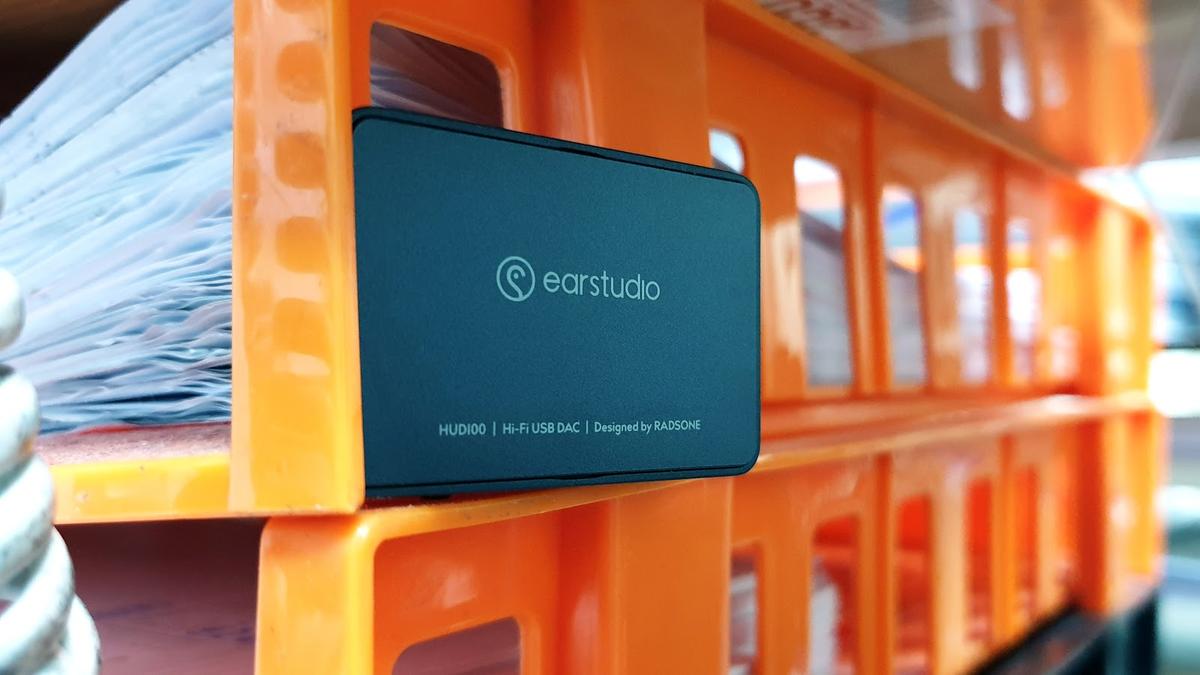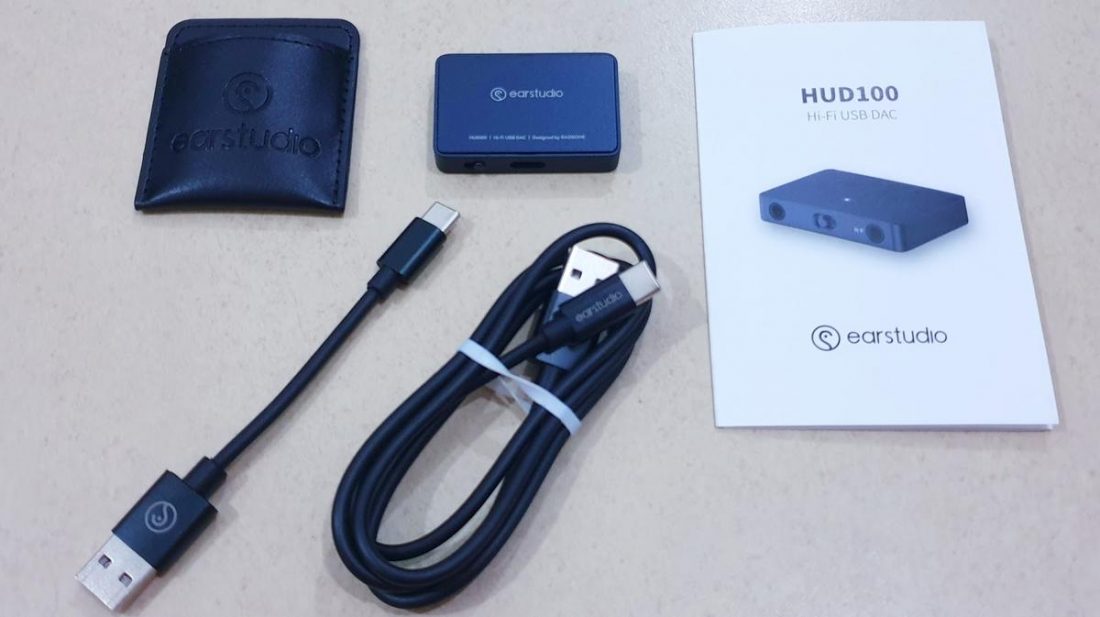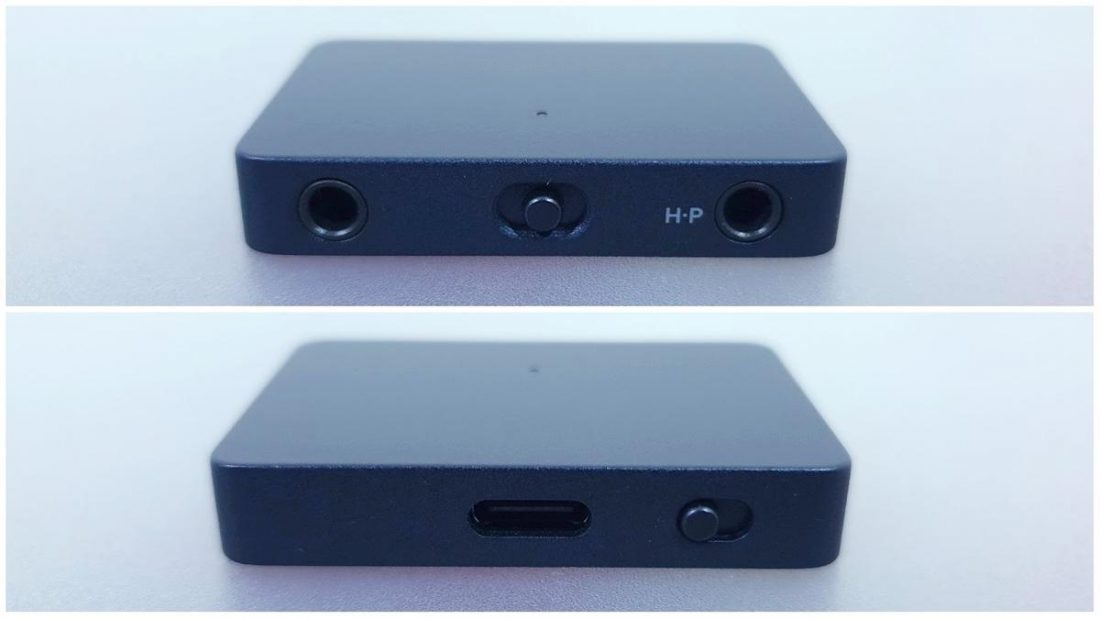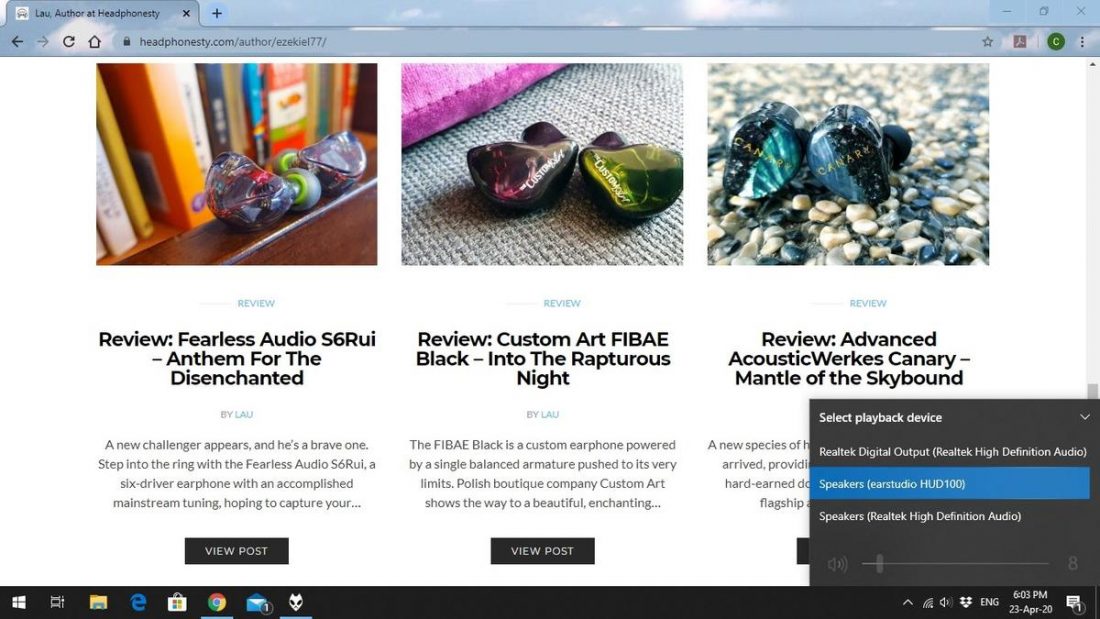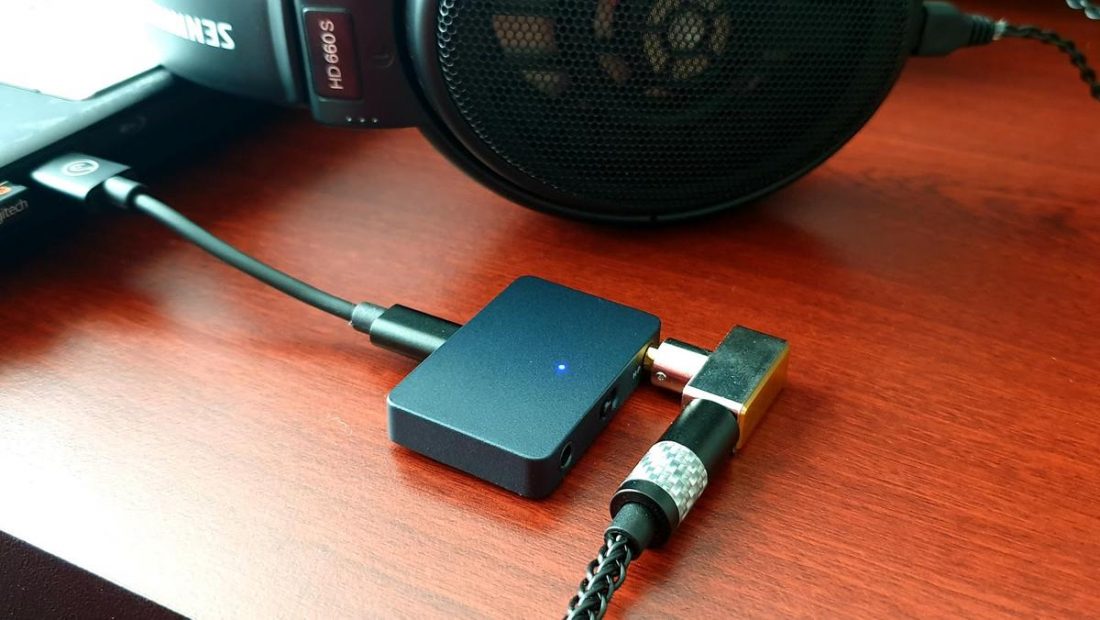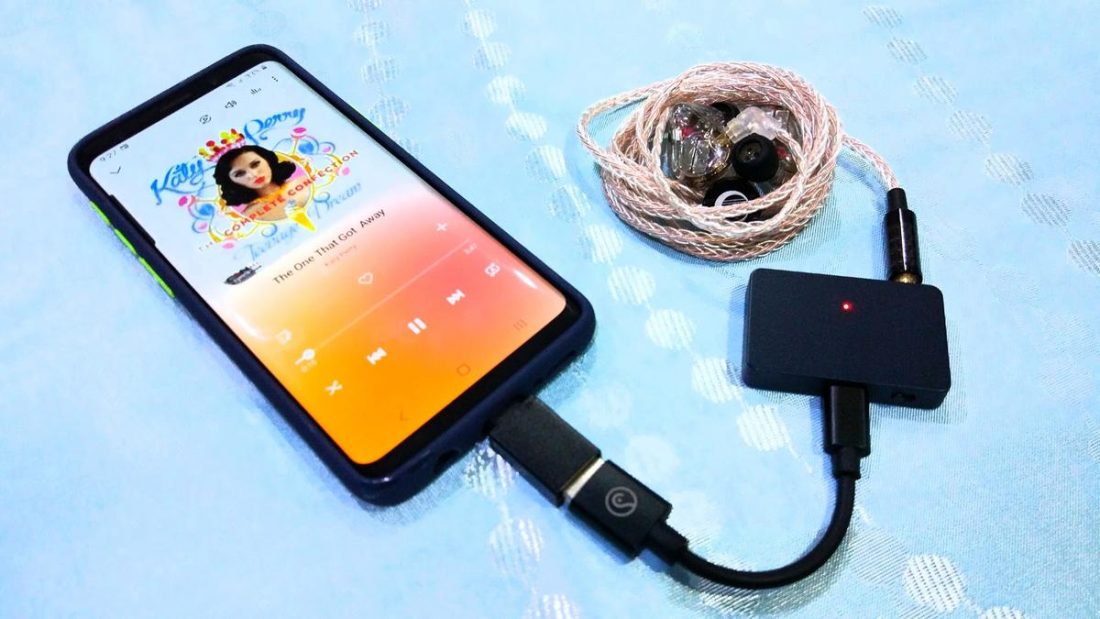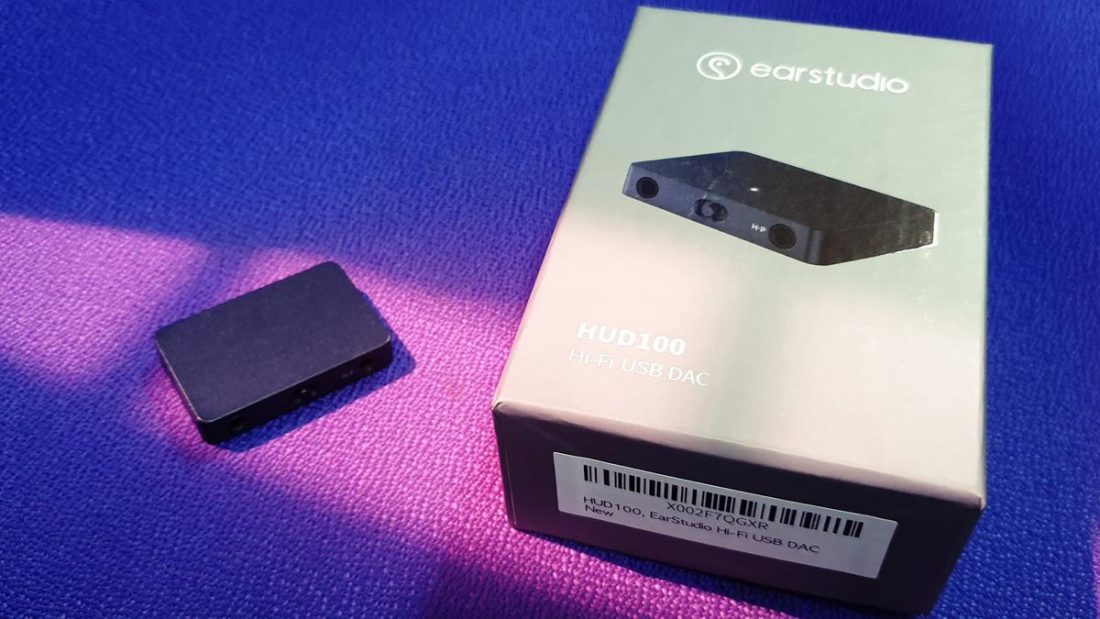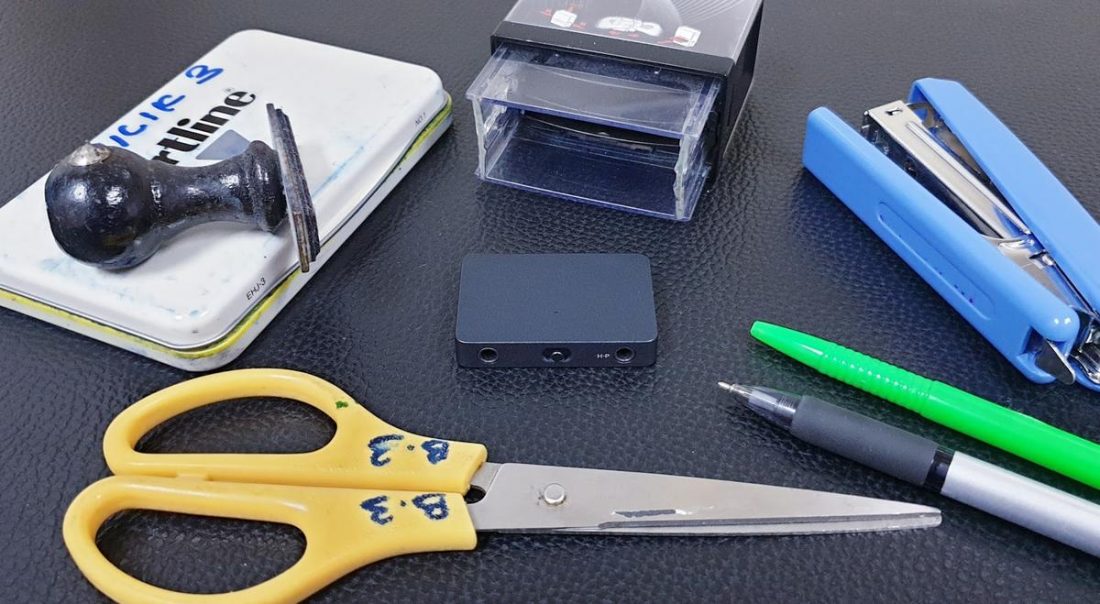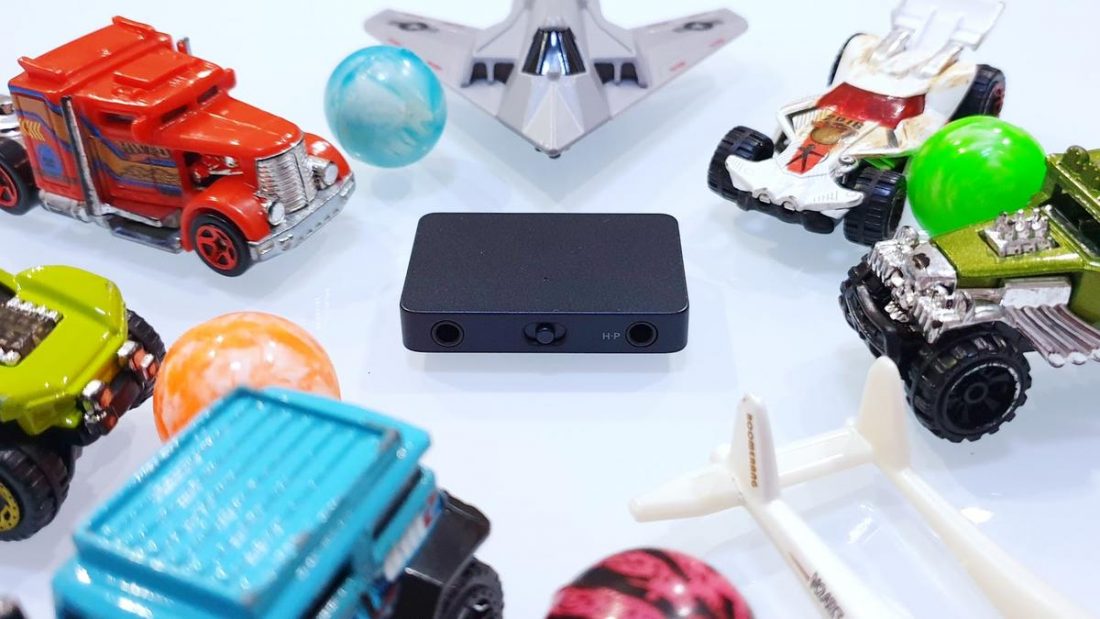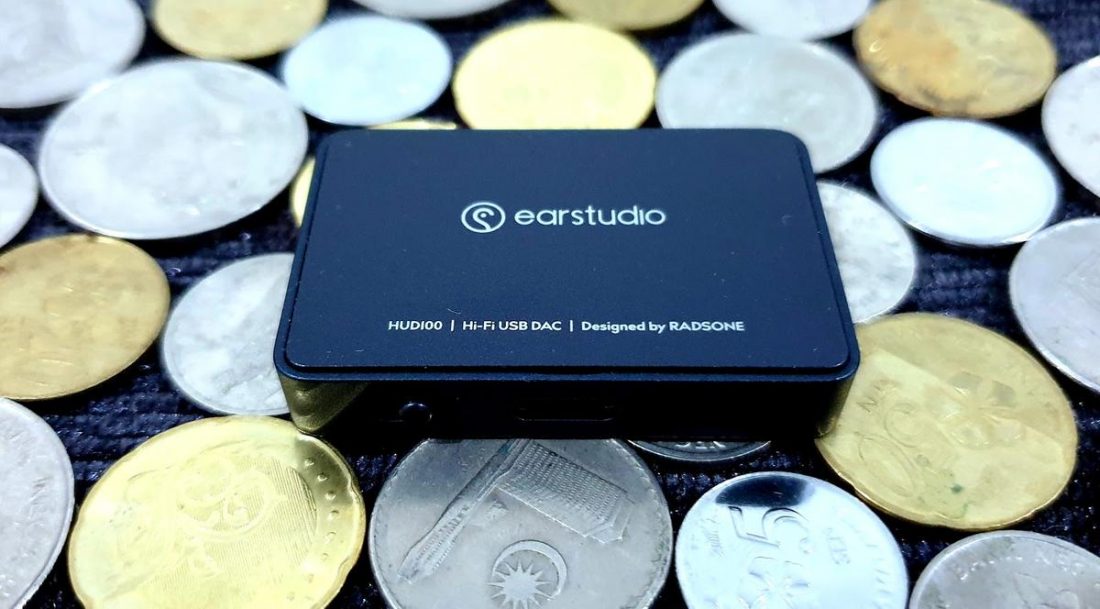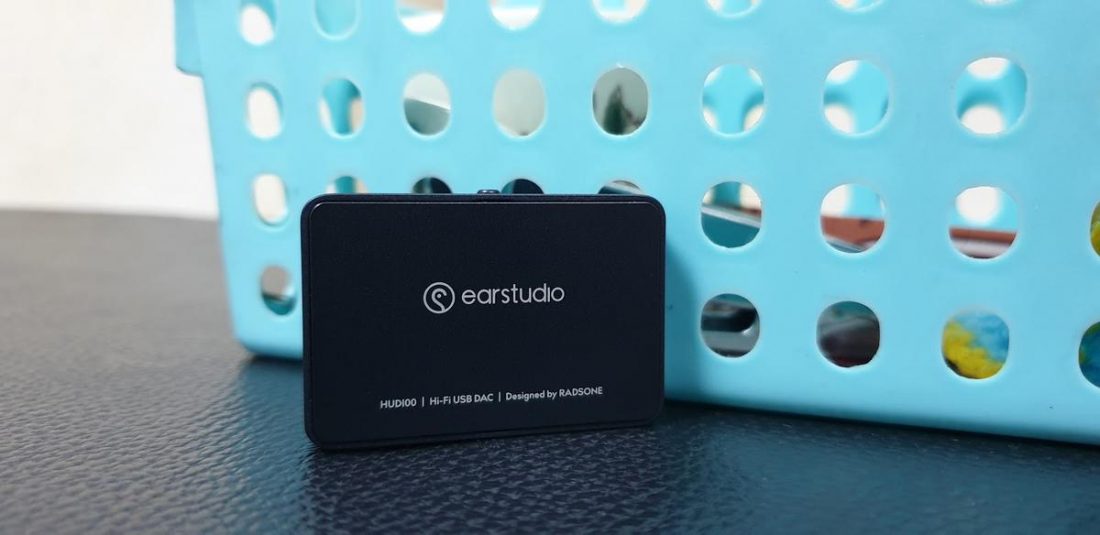A long time ago in a neighborhood far far away, my best friend and I sat under the stars and contemplated life. We were teenage idealists, and attempted to describe what made the world a better place, in one word. “Stability”, I said at once, feeling proud. My pal replied, “compactness”, and I’ve never looked more confused. “So everything is smaller and easier to carry, you know? Get more things done.” Today, the world is nowhere near stable, heck it’s going the other way! But my friend is closer than ever to seeing his version of utopia come to fruition. Damn near everything is consolidated and shrunk to tiny, multifunctional devices that fit into the pocket. The laptop is now his office, the smartphone his virtual assistant. He’s gloating now, the visionary living the dream… of compactness! The people of Radsone probably think the same way. Founded by Mr. Jay Yoo in 2011, Radsone (short for Radical Sound) dreams about providing high quality audio to the masses by providing hardware and software solutions in Bluetooth and USB audio, DSP (Digital Signal Processing), circuit design as well as a host of their own innovations. EarStudio is the sub-brand of Radsone that releases finished hardware.
Biggie Smalls
Today we look at EarStudio’s newly-released USB DAC (Digital-to-Analog Converter) and amplifier, the HUD100. Designed for use with laptops, iOS and Android devices, HUD100 supports sampling rates up to PCM 32bit/384kHz and DSD128, and comes with a powerful amplifier, three sound profiles and two output modes, all in a tiny (there’s that word again) package that weighs only 21 grams. I’m still trying to wrap my head around the HUD100’s impossibly miniscule size. You really have to see it to believe it, photos only make it look larger! The HUD100 is available via its official website. I’d like to thank Kyle Choi of Radsone for reaching out and providing the review sample.
Equipment Used:
Albums Listened:
Technical Specifications:
Inputs: USB Type C Outputs (3.5mm): Standard 0.914Vrms (1.29Vp), High Power 2.26Vrms (3.20Vp) THD+N: Standard -105dB (0.00056%), High Power -102dB (0.00079%) Dynamic Range: Standard 118dB, High Power 118dB Sample Rates: Up to PCM 32bit 384kHz, DSD128 (DoP) DAC Chip: AK4377 Desktop Compatibility: macOS 10.10 or later, Windows 7 (32/64bit) or later Mobile Compatibility: iOS 10.3.3/iPhone 6 or later, Android 6.0 or later Dimensions: 45 x 32 x 8mm Weight: 21.5g
Packaging and Accessories
This is a succinct and straightforward packaging. The HUD100 is kept in a matte gray box, which displays a glossy image of the DAC and documents its main features. The image on the box is bigger than the actual HUD100, I might add. The accessories bundled are as follows.
Leatherette travel pouch 1m USB Type C to Type A cable 10cm USB Type C to Type A cable Quickstart manual
This is an “essentials” package to get you started immediately. The HUD100 does not need to be charged (it draws power straight from your device), nor do you need to install any drivers or apps for it to work. It’s plug-and-play heaven. The accessories are sparse, and the leatherette pouch is a tight and frustrating fit, but you’ll get over it soon.
Design and Build Quality
Wrap your mind around it. It’s smaller than a matchbox or a Tic Tac packet, but has an ARM Cortex processor inside and is able to play DSD128. I’m still getting mind-blown, but have to keep writing to keep you entertained.
Blank, Black Slate
The topside of the HUD100 has a color-coded LED that shows you the audio sampling rate, while the bottom is the EarStudio logo. At the front is a switch to change sound profiles, and two 3.5mm jacks, one for standard output, the other labeled “HP” for high-powered output. At the back is the USB Type C port, and a slider switch used to update firmware. The HUD100 has a compact, no-nonsense design, with an emphasis on function and action. Changing between sound profiles is just a flick of the switch away, and it is well-built with a satisfying click. The aluminium body is rock-solid but not immune to scratches, so while not ideal, it’s good to have the leatherette pouch giving some protection when out and about.
Connectivity
The provided cables are all you need to connect the HUD100 to a laptop. I like to use the short cable because it makes for a tidy setup. Just plug the USB Type C cable to your laptop’s USB port, and Windows should be able to recognize it. Select HUD100 as the playback device by left-clicking on the speakers icon in the notification area (bottom right of the screen). For iOS and Android devices though, you’ll need an additional adapter to get the HUD100 working. Namely, the Lightning to USB Camera adapter for the former, and an OTG adapter for the latter. It adds additional bulk and hassle to the process, reinforcing the fact that HUD100 is best used with laptops I guess. The saving grace is, unlike laptops you don’t need to activate anything once the HUD100 is connected to your smartphone or tablet. From there, just plug in your favorite in-ear monitors (IEMs) or headphones, select your music app, and play away.
The Laptop Setup
The Portable Setup
I’m allergic to fruit, so I don’t have any photographs with Apple devices. But I’m sure they are just a Google search away.
Features and Functions
Power-packed Technology
Under the hood of the blisteringly compact HUD100, is a trove of hardware and engineering ingenuity showcasing EarStudio’s devotion to the highest quality audio possible.
AK4377 DAC Chip
Developed by Asahi Kasei Microdevices (AKM) of South Korea, this DAC chip with a built-in headphone amplifier supports sampling bit-rates up to PCM 32-bit 384kHz and DSD128. I’m not a DSD believer, but go right ahead if you have tons of storage space.
ARM Cortex Processor
Honestly, I’ve never heard of a processor inside a DAC, and Radsone claims they are the first to do so. This particular one was deployed to implement Radsone’s proprietary algorithms in two of the HUD100’s sound profiles.
MEMS Oscillator
Another industry first, this is used as a master clock to minimize jitter, or irregularities in the audio signal, resulting in a clean background.
DCT (Distinctive Clear Technology)
This is a dithering algorithm implemented in Radsone’s sound processing to eliminate digital noise in the sound signal, which in turn produces a more precise and natural sound.
Elaborate Circuit Design
The HUD100’s tiny size is the result of an intricate and meticulous 8-layered circuitry design to maximize performance from a small form factor.
Color-coded Sampling Rates
The AK4377 DAC is a multi-tasker capable of audio output in a varied spectrum of quality, and in the HUD100, the sampling rates are color-coded for your convenience.
Green: 44.1kHz Blue: 48kHz Cyan: 88.2kHz / 96kHz Red: 176.4kHz / 192kHz Yellow: 352.8kHz / 384kHz White: DSD64 / DSD128
Sound Profiles
The HUD100 is home to no less than three distinct sound signatures for the user to fine-tune their preferences. It’s like Neapolitan ice cream where if you can’t choose, you get three favorites. These sound profiles are easily switchable at the front of the HUD100.
Bypass mode: For the purists, this mode does not undergo sound processing via Radsone’s proprietary algorithms. DCT mode: As mentioned, a dithering algorithm is applied for a smooth, analog sound Dynamic mode: Another Radsone-applied tuning for a powerful and lively signature.
The Beast Unleashed
The HUD100 has two power output modes: Standard output produces 0.914Vrms of power and is well-suited for use with IEMs and low-impedance headphones. In HP mode, the HUD100 pumps out 2.26Vrms for high-impedance, power-hungry headphones rated at an impedance of 250Ω and above. I like that the abbreviation HP implies HeadPhone use, instantly reminding you that this is the output with higher power. It can be a tad confusing if you work for Hewlett Packard or Hush Puppies though.
Power Output
The HUD100 ran the gauntlet with my ragtag collection of transducers.
Moondrop A8, an 8 balanced armature (BA) IEM Acoustune HS1650CU, a single dynamic driver (DD) IEM Sennheiser HD660S, a DD headphone rated at 150Ω impedance Massdrop x Focal Elex, a DD headphone rated at 80Ω impedance
Standard output drove both IEMs flawlessly, with good volume, spaciousness and dynamics, set against a black background. They remain hiss-free at higher volumes. High Power output did the same for my moderately demanding cans. The HUD100 drove them effortlessly with lots of volume to spare, and even better, the sound did not distort or mush together at higher volumes.
Sound Quality
At this point in time, I think it’s safe to say most of the planet is under lockdown due to an infectious, crown-shaped organism that just activated Hulk mode. With that in mind, it’s as good a time as any to read up on diffuse-field (DF) neutral to understand what I mean next.
Overall Sound Signature
Think of the HUD100 like raw chicken fillets with no seasoning. Allow the transducer (and maybe the cable) to provide the salt, pepper, soy sauce and what have you. The chicken just has to be as clean and fresh as possible. Ergo, the HUD100 focuses on providing a clean, pure audio signal. Get it now?
The Three Amigos
From that standpoint, the HUD in Bypass mode is unmistakably neutral. The bass all the way up the mids are devoid of elevations or boosts, delivering an honest, if unappealing sound. The upper mids and lower treble are elevated, but comes back down gradually to a flat mid-to-upper treble. Notes are thin, quick, precise, and crispy. Scientific listening, I’d call it, but this is easily my favorite sound profile. In DCT mode, with Radsone’s dithering technology applied, the note edges are smoothened, and music is rendered more liquid and flowing. This contributes to the immeasurable characteristic known as “musicality”. For a relaxed and effortless listening experience, DCT is the sound profile to go for. The Dynamic mode reminds me of Bypass mode, but with a twist. The signature rendered is more V-shaped for an intense and invigorating listen. The sub-bass is more physical and thumpy, while the treble is sharper and airier. I might as well call this the “fun” switch, and this is my second-favourite setting after Bypass. The following sound impressions are based on the Bypass mode.
Bass
Like getting to know a close friend in times of crisis, this is a side of the bass not often seen. Completely free of bloat and extra baggage, the bass becomes a lean body of fine texture and intricate detail, uncovering loads of yummy musical information normally masked or obscured by full bass notes or an over-long decay.
Lean Machine
Downward extension is very good, and transparency levels are among the best for the price. Notes are tight, punchy and disciplined, with just enough body in attack, sustaining minimally before decaying quickly into the background. Speed and timing is of the essence, as the HUD100 bass maintains a steady, irresistible rhythm and maxes out on dynamics. A Fleet-foot Mac that unveils layers of bass, if you will. It is after all, your canvas. The Elex’s bloomy, punchy bass is displayed in full glory, along with a healthy dollop of detail. Ditto the HS1650CU, where bassy passages like the intro to Macklemore’s “Thrift Shop” are meaty and handled with confident swagger.
Mids
A wise man once said one good taco deserves another, so the mids carry over the speed and eye for detail from the bass. That is no big surprise. The lower-to-middle mids are precise, even in tone and, here’s a slight deviation, smooth. This is the most liquid and euphonic region in the spectrum, sounding realistic and true-to-life.
Beautiful and Bright
The accurate timbre is balanced with good clarity, and together are a delight to listen to. Male vocals and guitars have authority and bite, although overall the notes remain thin. The upper mids, however, are significantly elevated. Note speed is enhanced, becoming airy, crispy and wafer-thin. Your attention is diverted here because they sound so prominent. This is a slight mis-step, especially when paired with brighter transducers, because the upper mids tend to become shrill, reedy and too bright for its own good. Using the Moondrop A8, which already has raised upper mids, cymbals and brass instruments sound hollowed-out and screechy, even with well-recorded material like in Fleetwood Mac’s “The Chain” and Miles Davis’ “So What”.
Treble
The HUD100 serves up a congruent and solid signature, like a chain link. I’m trying not to think of lockdowns lol. The lower treble resumes the handiwork of the upper mids, sounding bright and intense, though at a lesser degree, thankfully. You don’t have to worry about brass and percussion instruments having not enough bite, there’s plenty of crunch to be had.
The Super Sleuth
However, in poorly mastered recordings, expect the treble region to be laid bare and massacred by the HUD100. It’s revealing nature won’t shy away from imperfections and artifacts. Adele’s 25 was a victim of this at the higher registers. When paired with Moondrop A8, the album was an unbearable listen because of the harsh and distorted treble. By mid-treble, the signature slowly rolls off and leaves behind a trail of air. This region still boasts a lot of clarity and speed, but is no longer peaky and sibilant. I would never doubt HUD100’s technical ability. It serves up a wondrous (perhaps a bit overbearing) amount of detail and air, laying down a clean, astute foundation for the transducer.
Soundstage and Imaging
The soundstage is a treat, like ice cream on a warm summer day. In lockdown. Though boasting average dimensions, the HUD100 staging is cube-like and similar in width, depth and height. Music envelopes your head-space, coming from slightly in front and to the sides. It is a natural, non-exaggerated stage that puts you in the front row of a performance. It won’t enhance what your phones are already capable of, but it won’t hamper them either. Where the HUD100 emerges triumphant is in separation and imaging. The proprietary technologies implemented by Radsone, work their magic here. The background is clean as a whistle and gloriously dark. Notes are precise, well-defined and well-spaced without any smearing. In turn, layering and positioning are pinpoint-accurate across the three axes, with a clear, comfortable distance between instruments.
Final Words
The world is shrinking. Not in a literal, comedic sense unfortunately, because I’d love to see shrink-rays in real life. But because advancements in communication mean that people are brought closer than ever before. Not only that, years back we had to choose between form or function, when in many cases today, it’s feasible to have both. The Walkman and iPod jump-started the revolution for portable audio, which is snowballing until today.
Small World
Radsone is firmly on-board the shrinking planet. With the ES100, and now the HUD100, they are making a brilliant case for capturing high quality audio in small packages. Looking at ancient, blocky portable amplifiers, 10 years ago I would not have dreamt that such a stellar product is possible, but here we are. A clean-sounding DAC and powerful amplifier rolled into a device smaller than your car keys. It would be a stretch to say the HUD100 is capable of replacing full desktop systems, but for the casual listener, an audible improvement in sound quality from normal laptops, tablets and smartphones will be enough. The HUD100 made my Galaxy S9 sound cheap and tinny in comparison. The best part is, the small and quite affordable HUD100 won’t dent your pocket physically, and figuratively. The chic shall inherit the earth, surely.
